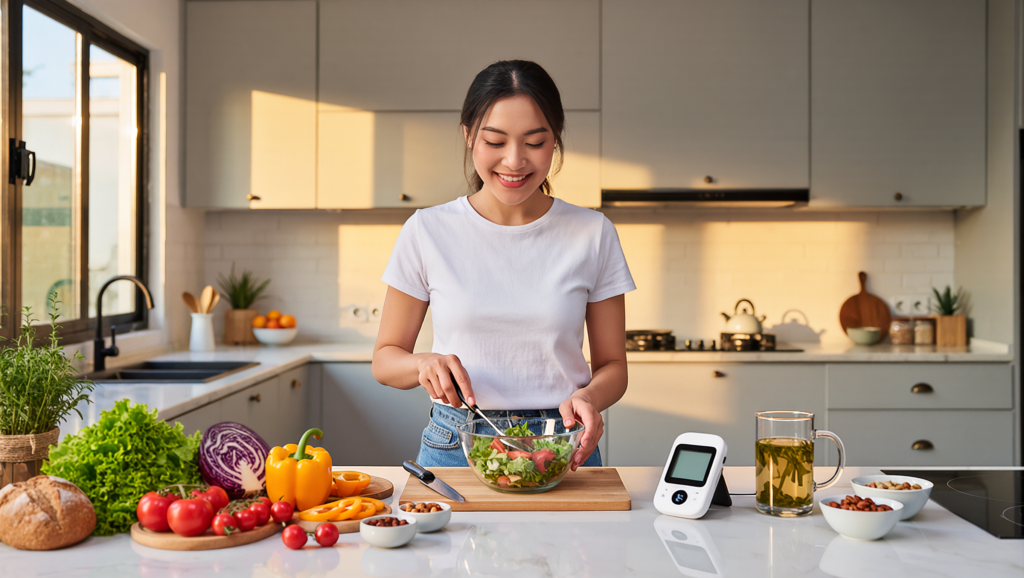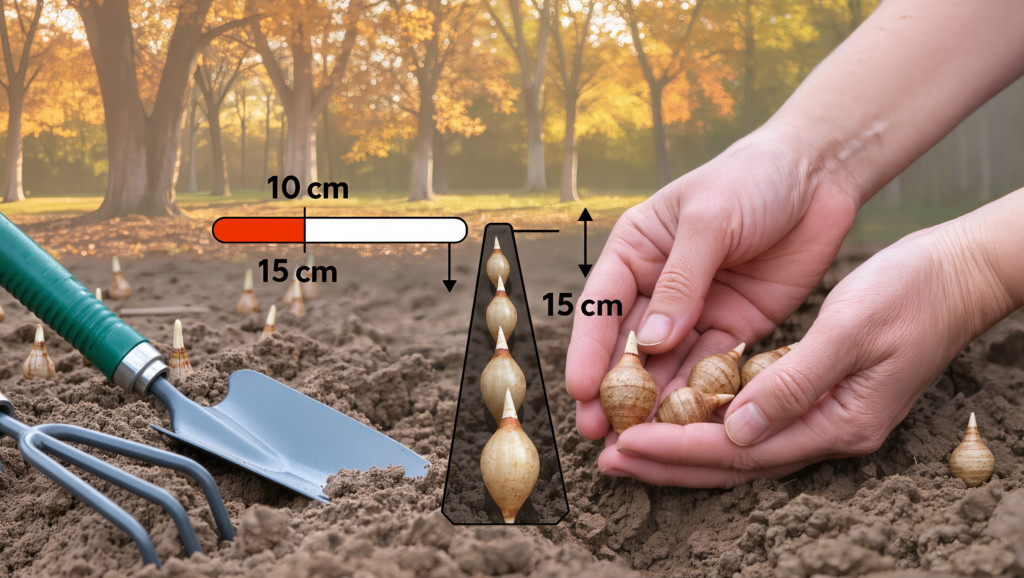Are you exhausted from extreme diets, no-carb cleanses, or counting every last calorie—just to keep your blood sugar in check? Good news: stabilizing glucose doesn’t have to mean waving goodbye to flavor, freedom, or fun. Science shows that small lifestyle hacks and simple food tweaks can have a powerful impact on your glucose levels—no strict diet required! Here are 6 evidence-backed, out-of-the-box ways to keep your energy balanced, your cravings tame, and your blood sugar level on an even keel.
1. Pair Your Carbs—Don’t Eat Them Naked!
Want to flatten those post-meal blood sugar spikes without dropping your favorite foods? Make carbs mingle! When you eat starches and sugars alone, your body absorbs glucose in a rush. But if you combine carbs with protein, fiber, and healthy fats, digestion slows, and the glucose trickles into your bloodstream at a mellow pace.
- Example: Swap white bread for wholegrain, then stack on tuna or slather with nut butter—bring protein and fiber to the party for smoother glucose curves.
- Snack smarter: Pair fruit with plain yogurt or handful of nuts; enjoy apples with tahini or nut butter.
Why it works: Research shows adding protein or fiber to simple carbs may slash glucose peaks by up to 30%, leaving you full longer and energized instead of sluggish.
2. Move Your Body—Especially After Meals
Forget the gym membership; even a brisk walk or some squats after dinner can make a surprising difference. Movement helps your muscles soak up glucose for fuel, preventing stubborn highs and lows. What’s more, it boosts insulin sensitivity (meaning your body uses blood sugar more efficiently).
- Quick tip: Try “exercise snacks”—just break up your sitting time every 30 minutes with a few minutes of walking or bodyweight moves.
- Any activity—walking the dog, dancing, gardening—helps!
Bonus: Even light activity after meals has been shown to lower post-meal blood sugar spikes and keep energy levels smoother throughout the day.
3. Embrace Fermented Foods and Probiotics
Your gut microbiome is a secret superstar in blood sugar control. Fermented foods like kimchi, sauerkraut, yogurt (with live cultures), and kefir provide friendly bacteria (probiotics) that can boost insulin sensitivity and lower fasting blood sugar.
- Start small: Add a spoonful of sauerkraut to salads, enjoy a serving of plain kefir, or dabble in fermented veggies.
Surprising fact: People who upped their probiotic intake for just 8 weeks saw marked improvements in blood sugar regulation and even better HbA1c values (a 3-month picture of glucose control).
4. Get Friendly with Vinegar and Citrus
Ditch the strict sugar bans and try this quirky trick: sipping diluted apple cider vinegar or lemon water with meals. Acidic drinks slow down the enzymes that break down carbs, so glucose enters your system at a leisurely pace—reducing spikes by up to 35% according to studies.
- Try mixing 1–2 tablespoons vinegar or lemon juice in a glass of water before meals (and use a straw to protect your teeth!).
- Toss vinegar into salad dressings or splash lemon juice on veggies.
Bonus: Vinegar may also improve fasting glucose if taken before bedtime.
5. Prioritize Sleep and Stress Relief
Missing sleep isn’t just exhausting—it can send your blood sugar soaring. Chronic stress floods your system with cortisol, which encourages glucose to stick around in your bloodstream. Prioritizing restful sleep (7–8 hours per night) and adding stress-busters like deep breathing, yoga, or hobbies to your routine is surprisingly effective for stabilizing glucose.
- Build simple bedtime habits—dim lights, reduce screens, meditate, or read.
- Embrace mini stress breaks: walk outside, stretch, or listen to music.
Why? Just a single night of poor sleep can make your body less responsive to insulin and send your blood sugar on a rollercoaster ride.
6. Eat More Fiber-Rich Pulses and Non-Starchy Veggies
Forget carb-counting misery; amp up your intake of beans, lentils, chickpeas, peas, and non-starchy veggies like spinach, kale, broccoli, and Brussels sprouts. These foods are loaded with soluble fiber, which slows digestion, reduces sugar absorption, and supports healthy gut bacteria.
- Add one cup of beans or lentils to your diet several times a week.
- Bulk up meals with leafy greens, cauliflower, or roasted veggies.
Research roundup: Pulses (beans and lentils) improve both short-term and long-term glucose regulation. Adding them to a meal can reduce the effects of higher glycemic carbs and keep your blood sugar—and appetite—steady.
Bonus Tips and Real-Life Hacks
- Drink enough water: Staying hydrated helps your kidneys flush excess glucose and keeps metabolic processes humming.
- Mind your meal timing: Consistent eating patterns—three meals a day with 1–2 healthy snacks—help the body maintain steady glucose levels.
- Monitor sugars and sweeteners: Substituting sugary drinks for water, herbal teas, or flavor-infused waters keeps blood sugar stable—and cuts unnecessary calories.
The Takeaway: You Don’t Need Strict Diets for Stable Blood Sugar
Stabilizing glucose is about savvy mixing, smart habits, and fresh foods—not food guilt or deprivation. By pairing carbs with protein and fiber, getting regular (even light) movement, nurturing your gut with fermented foods, adding a dash of vinegar or lemon, prioritizing sleep and stress relief, and loading up on pulses and veggies, you create conditions for balanced energy and long-term health.
You’ll not only sidestep the blood sugar rollercoaster, but you’ll also find yourself with more energy and less intense cravings—no forbidden foods or flavorless meals in sight! Want more ideas and recipes? Check out the links and sources cited throughout this article for practical tips you can start TODAY.
Disclainer: Please consult the proper medical practitioner if you are diabetic or suffering from other medical conditions before changing your diet.








